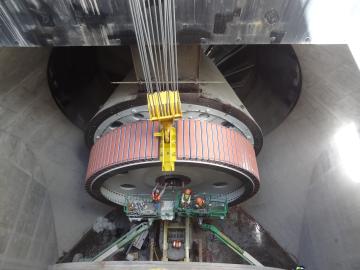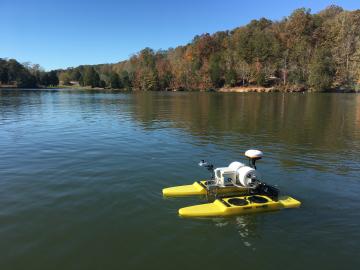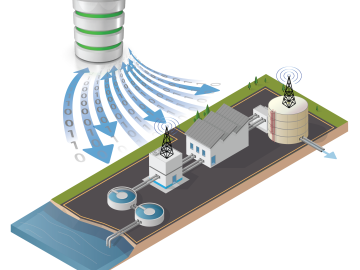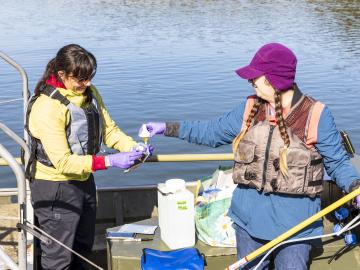
Filter News
Area of Research
- Advanced Manufacturing (3)
- Biology and Environment (12)
- Building Technologies (2)
- Computational Engineering (2)
- Computer Science (10)
- Energy Science (52)
- Energy Sciences (1)
- Fusion Energy (2)
- Materials (13)
- Materials for Computing (3)
- Mathematics (1)
- National Security (3)
- Neutron Science (1)
- Nuclear Science and Technology (3)
- Quantum information Science (3)
- Supercomputing (18)
- Transportation Systems (2)
News Type
News Topics
- (-) Computer Science (42)
- (-) Frontier (1)
- (-) Molten Salt (5)
- (-) Polymers (10)
- (-) Transportation (36)
- 3-D Printing/Advanced Manufacturing (34)
- Advanced Reactors (13)
- Artificial Intelligence (16)
- Big Data (17)
- Bioenergy (17)
- Biology (21)
- Biomedical (11)
- Biotechnology (4)
- Buildings (21)
- Chemical Sciences (13)
- Clean Water (14)
- Composites (11)
- Coronavirus (11)
- Critical Materials (12)
- Cybersecurity (3)
- Emergency (1)
- Energy Storage (32)
- Environment (48)
- Exascale Computing (1)
- Fossil Energy (1)
- Fusion (9)
- Grid (22)
- High-Performance Computing (12)
- Hydropower (6)
- Irradiation (2)
- Isotopes (5)
- ITER (3)
- Machine Learning (14)
- Materials (36)
- Materials Science (34)
- Mathematics (3)
- Mercury (3)
- Microscopy (11)
- Nanotechnology (12)
- National Security (3)
- Neutron Science (27)
- Nuclear Energy (19)
- Partnerships (2)
- Physics (4)
- Quantum Computing (5)
- Quantum Science (12)
- Security (1)
- Simulation (9)
- Space Exploration (10)
- Statistics (1)
- Summit (8)
Media Contacts

To further the potential benefits of the nation’s hydropower resources, researchers at Oak Ridge National Laboratory have developed and maintain a comprehensive water energy digital platform called HydroSource.

Oak Ridge National Laboratory researchers developed an invertible neural network, a type of artificial intelligence that mimics the human brain, to improve accuracy in climate-change models and predictions.

Oak Ridge National Laboratory researchers determined that for every 5 miles per hour that drivers travel over a 50-mph speed limit, fuel economy decreases by 7% and equates to paying an extra 28 cents per gallon at current.

A new Department of Energy report produced by Oak Ridge National Laboratory identifies several supply chain must-haves in maintaining the pivotal role hydropower will play in decarbonizing the nation’s grid.

Measuring water quality throughout river networks with precision, speed and at lower cost than traditional methods is now possible with AquaBOT, an aquatic drone developed by Oak Ridge National Laboratory.

Oak Ridge National Laboratory scientists worked with the Colorado School of Mines and Baylor University to develop and test control methods for autonomous water treatment plants that use less energy and generate less waste.

Researchers at Oak Ridge National Laboratory are using a novel approach in determining environmental impacts to aquatic species near hydropower facilities, potentially leading to smarter facility designs that can support electrical grid reliability.

An analysis by Oak Ridge National Laboratory shows that using less-profitable farmland to grow bioenergy crops such as switchgrass could fuel not only clean energy, but also gains in biodiversity.

A discovery by Oak Ridge National Laboratory researchers may aid the design of materials that better manage heat.

Oak Ridge National Laboratory researchers determined that designing polymers specifically with upcycling in mind could reduce future plastic waste considerably and facilitate a circular economy where the material is used repeatedly.


